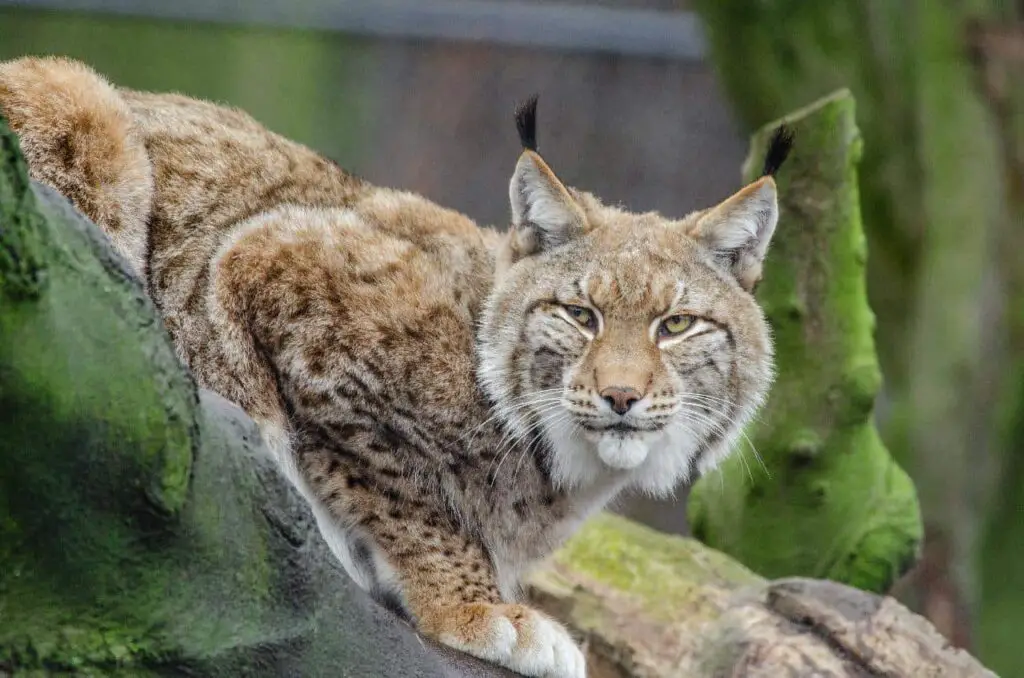
The Fox and the Bobcat are two of the world’s most unique and versatile creatures. Many compare the Fox and the Bobcat as they have an overlap of prey items and habitats, but what are the differences between them?
Foxes are closer to dogs, while Bobcats are true cats. Foxes are omnivores that are found naturally across the entire Northern Hemisphere. Bobcats are localized to North America and are strictly carnivores. Foxes vary wildly in size and variety. Bobcats remain broadly similar across the species.
There are some similarities between Foxes and Bobcats, but there are even more differences. Let’s learn about Foxes and Bobcats to better understand them and to compare them more fairly. Here is a broad overview of Foxes and Bobcats for the purposes of comparison.
Table of Contents
The Fox
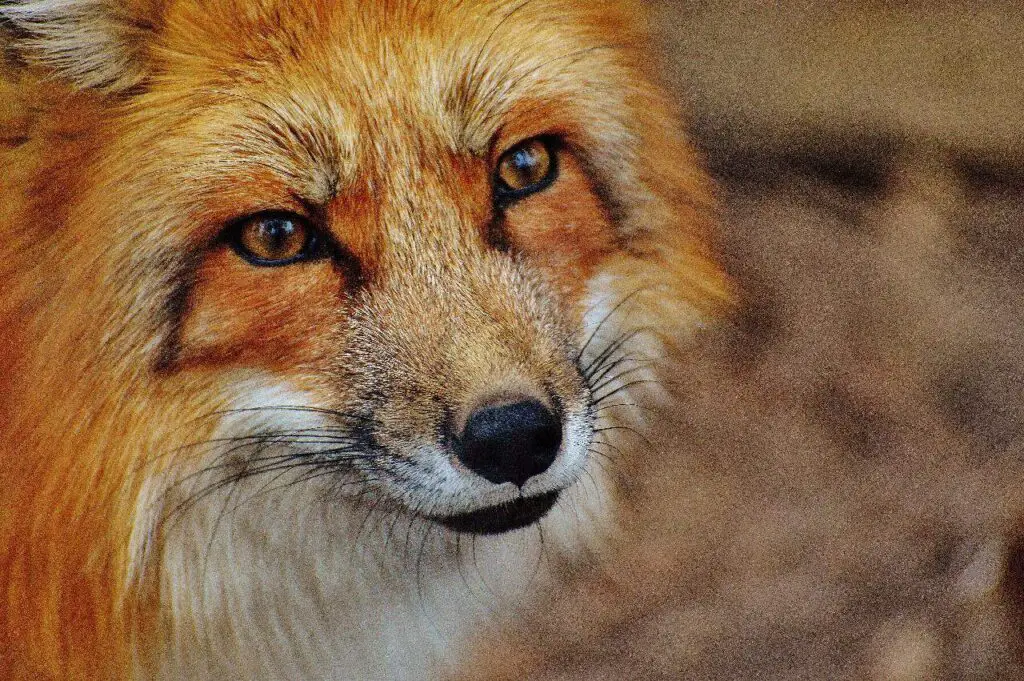
The Fox is a species of animal from the Canidae family, which is a family of dog-like carnivoran animals. There are several different species, and sub-species of Foxes found internationally. Some believe there to be more than 30 different sub-species of Foxes.
These animals are fascinating and incredibly versatile. They are found in several different regions and countries internationally and are extremely versatile.
Let’s look a little deeper into some of the important characteristics of Foxes, their habitats, their biology, and their diets, to better compare and differentiate between Foxes and Bobcats.
Fox Biology
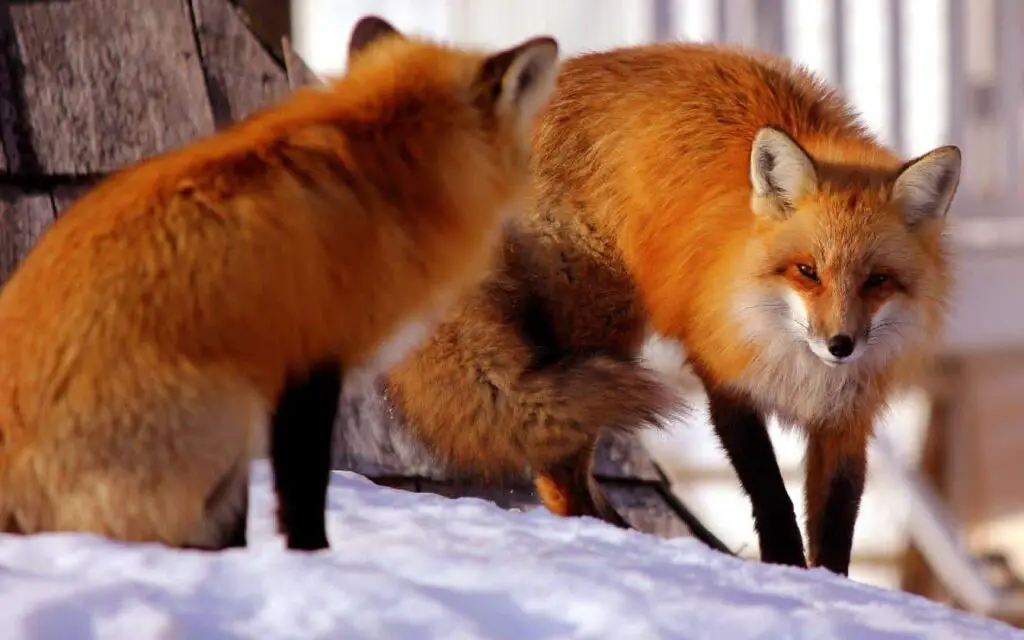
Foxes are small to medium-sized animals that are found in several variations of color, size, weight and have varying attributes.
There are 12 true species of Fox, but up to 30 different sub-species found internationally.
The smallest true fox species is the Fennec Fox, found in North Africa and the Middle East, which typically weighs between 1.5 and 3.5 pounds (0.7 – 1.6 kilograms) and grows to between 13.6 and 15.6 inches (34.5 – 39.5cm) long, excluding the 3.5 inches (9cm) long tail.
The largest species of fox in the world is the Red Fox, which is found widespread in North America, North Africa, Europe, and Asia. These Foxes stand 20 inches (5cm) high at the shoulder and grow up to 35 inches (90cm), excluding their 22 inches (55cm) tails, and weigh up to 31 pounds (14Kg).
Foxes are mammals and give birth to litters of 2 – 8 kits per year. Foxes have a very wide variety of sizes and colors ranging from pearly white to red to pitch black with white specs.
There is a very wide variety of Fox species internationally, each with its own unique characteristics, behaviors, and habitats.
The twelve true species of Fox include:
- Arctic Fox
- Red Fox
- Fennec Fox
- Pale Fox
- Bengal Fox
- Tibetan Fox
- Rupell’s Fox
- Blandford’s Fox
- Kit Fox
- Cape Fox
- Corsac Fox
- Swift Fox
Fox Habitats
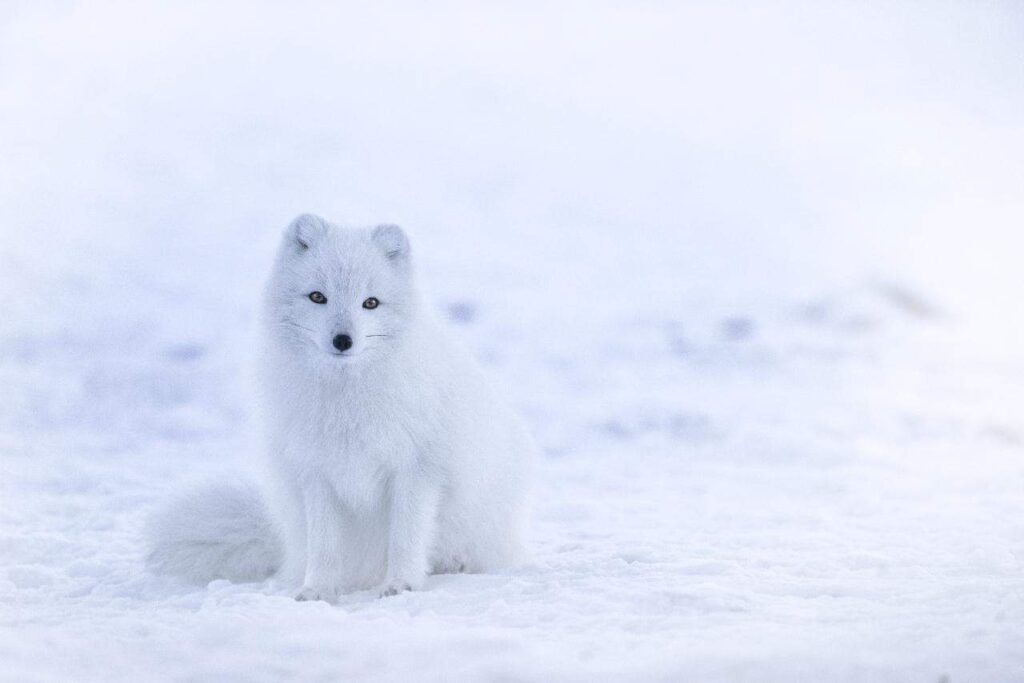
One of the most interesting aspects of Foxes as a species is that they are found in an incredibly broad range of habitats.
Foxes are found all over the world, but particularly in the Northern Hemisphere. However, with that being said, there are several species of Fox that are found naturally in the Southern Hemisphere. Southern countries such as South Africa are home to multiple fox species.
In fact, the Fox is so adaptable and so well-suited for a wide variety of habitats that Foxes were introduced into Australia as a method of natural pest control, and the Foxes thrived so prolifically that they are now considered to be one of the most invasive species on the continent and have been deemed one of the top 100 invasive species in the world because of it.
The Arctic Fox is found in the frigid frozen tundra, and the Fennec Fox is found in the dry and arid deserts of the Middle East. The habitat of the Fox is truly diverse.
Fox Diet
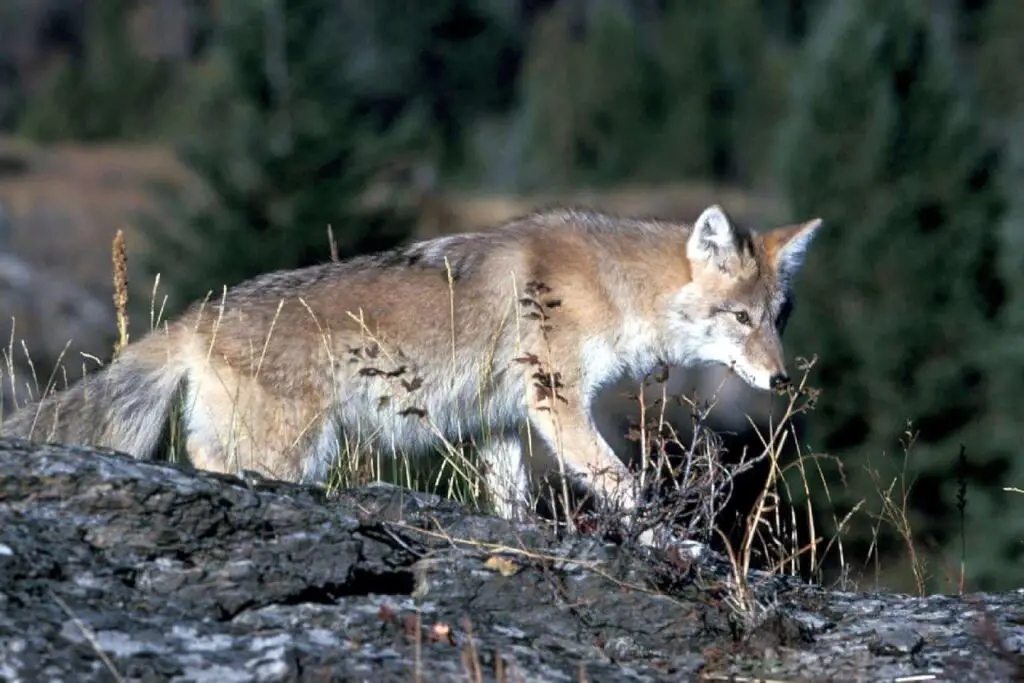
Foxes are omnivores, despite their family designation of Canidae, which groups them with carnivores such as wolves and wild dogs.
The diet of most species of Fox is very diverse but primarily consists of small vertebrates such as reptiles and birds, as well as small invertebrates such as insects. Foxes will also eat fruits, vegetables, and eggs.
Most Fox species share a similar diet, except for those sub-species that have more focused diets, such as the Crab-Eating Fox, which has a more specialized diet indicated by its name.
The Bobcat
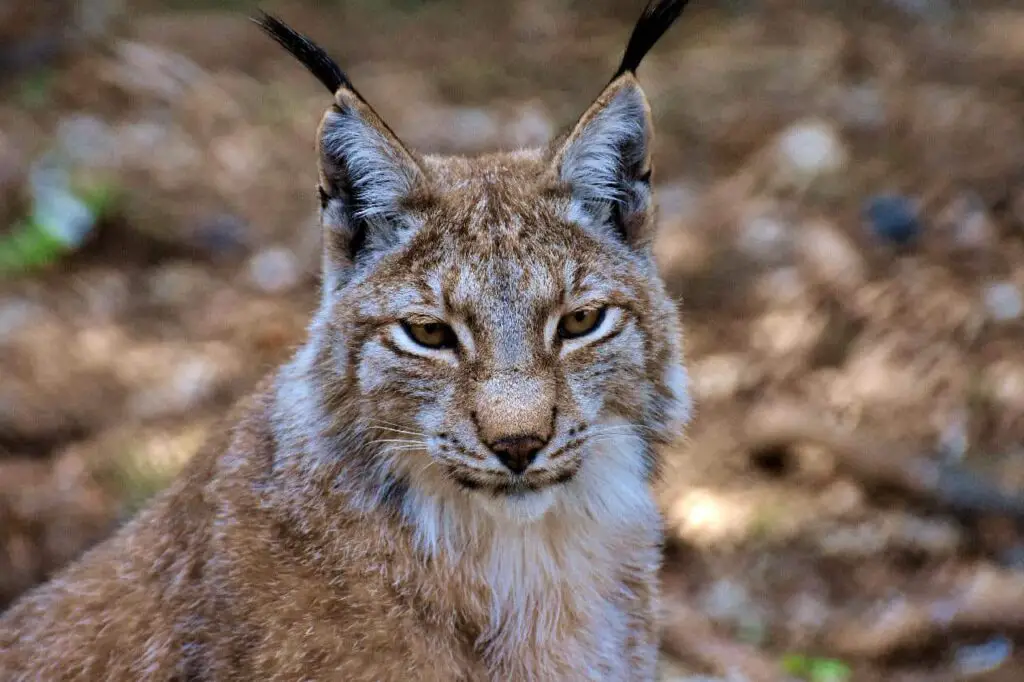
The Bobcat is a medium-sized feline found primarily in North America. These cats are very interesting and are unlike most other wild cats.
Bobcats are often thought to be somewhat similar to Foxes in some ways, but the truth is that these two animals could not be more different.
The only similarity between these two animals is that they may have some overlap in habitat and diet, but other than that, they are completely different.
Let’s learn about the Bobcat to better understand the animal and to better compare it to the Fox.
Bobcat Biology
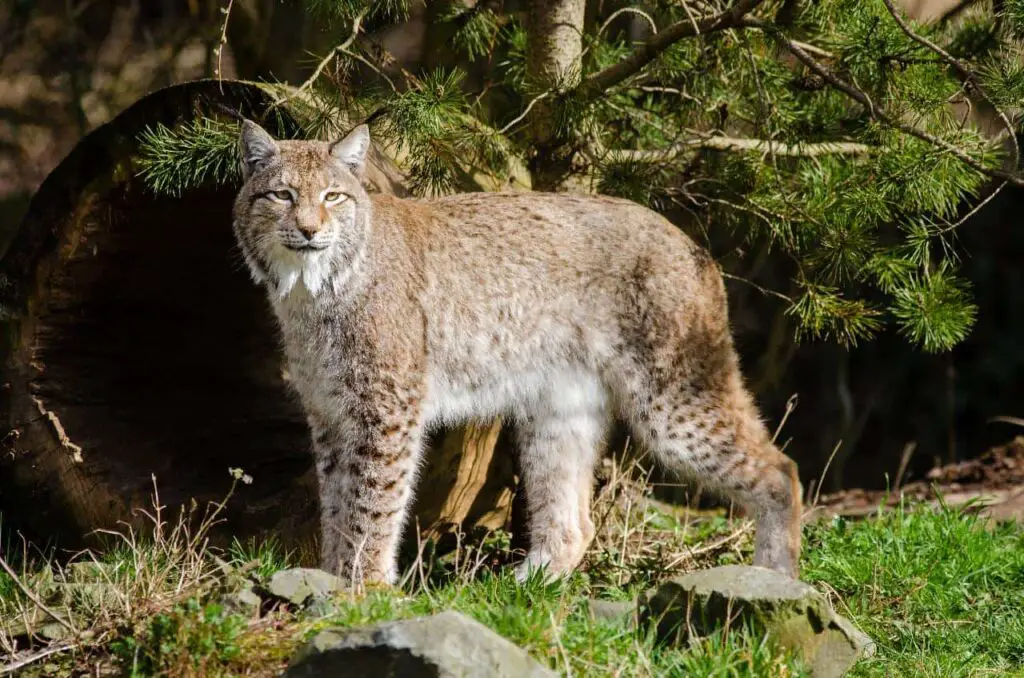
Bobcats are a species of wild feline from the family Felidae, which makes this animal a true cat. These cats are considered to be medium-sized, but they are substantially larger than other cats in the same family.
The Bobcat can grow up to 50 inches (125cm) in body length, and its bobbed tail will never grow more than 8 inches (20cm) in length, which is much shorter than most cats and is also where the Bobcat gets its name.
This species of the cat can weigh as much as 40 pounds (18.3kg), which is hefty for a cat of this size. To put the size of this animal in perspective, an average Bobcat is twice the size and weight of a large domestic cat.
There are 13 species of Bobcat found throughout North America, each of which has its own defining characteristics and physical attributes. These cats breed a litter of up to 6 kittens per season and have an 8 – 10 week gestation period. Bobcats in the wild live for around ten years.
Of the 13 Bobcat species, only two are recognized: Lynx Rufus Rufus and Lynx Rufus Fasciatus. The other 11 Bobcat species are sub-species of these two recognized species.
Bobcat Habitats
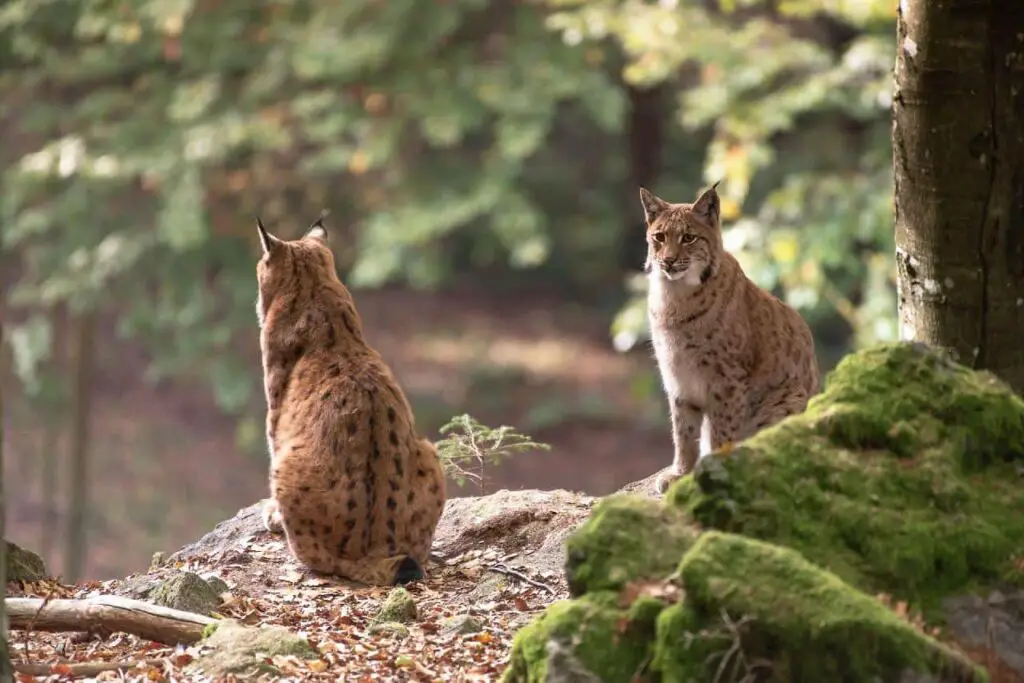
Bobcats are versatile creatures and live in a wide variety of habitats throughout North America. Bobcats are found naturally from Southern Canada to Southern Mexico.
This means that these cats have habitats that range from arid grasslands and dry deserts to cold and snowy mountainous regions.
Some Bobcat species, such as Lynx Rufus Texensis, thrive in the swamps of Louisiana, while others, such as Lynx Rufus Escuinupae, live in the dry places of central Mexico.
Bobcat Diet
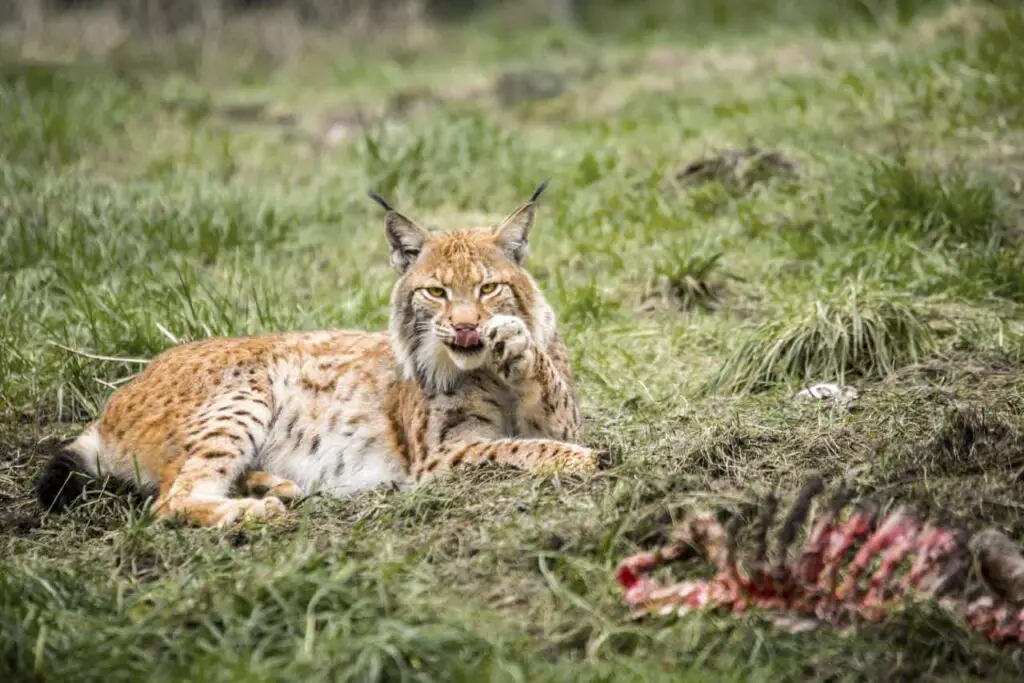
Bobcats are carnivores. These cats primarily prey on small mammals such as rabbits, hares, and mice. They also eat birds, lizards, insects, and even deer. Bobcats have been known to hunt prey animals that are twice their own size.
These cats are opportunistic hunters and will hunt any animal that they deem fit to eat. However, there is very little other than prey animals that Bobcats are known to eat.
The Fox vs. The Bobcat
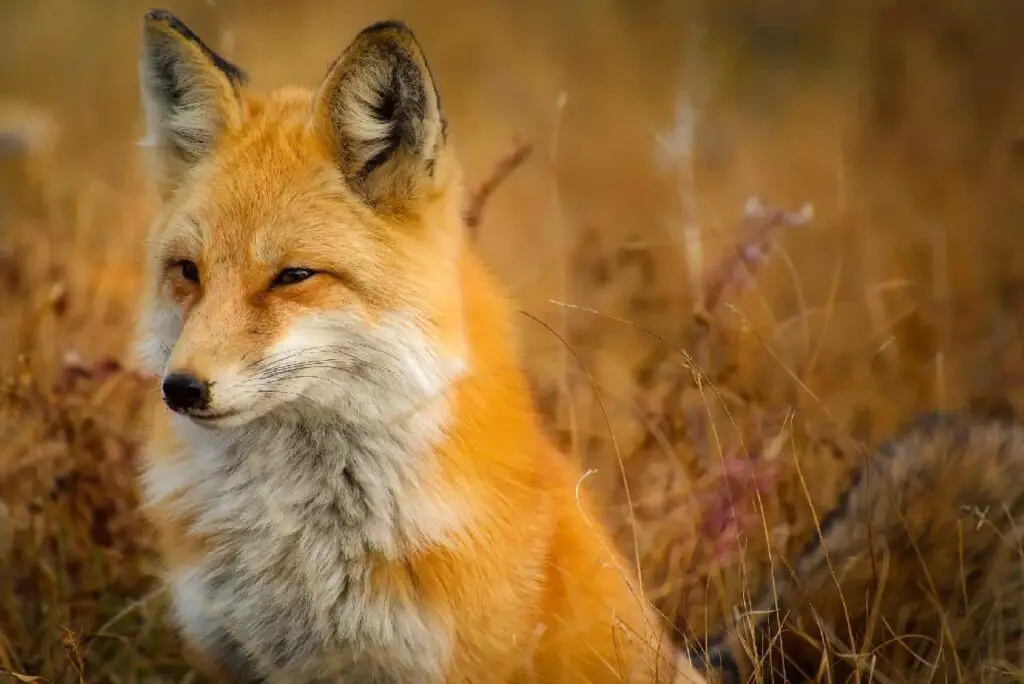
The Fox and The Bobcat are vastly different animals.
The Bobcat is native to, and only found in North America, eats only prey animals, and is roughly the same size, weight, and length across every species. These cats are versatile animals and are found in diverse habitats, but they are still centralized to one continent.
Foxes consist of several more species than Bobcats. They are found all internationally, they are known to be a vast variety of various weights and sizes, and these animals are omnivores that will eat both meat and plants.
The Fox is more closely related to dogs, and the Bobcat is a true species of wildcat. These animals could not be more different.
Conclusion
Both the Bobcat and the Fox are very versatile and hardy creatures, but the Bobcat is more localized and less diverse than the Fox.
However, both animals are incredibly interesting and are worthy of deeper research. If you are interested in these two animals, take the time to explore the different sub-species of both Foxes and Bobcats to truly discover all that there is to know about these fascinating animals!
References:
BigCatsWildCats: Bobcat
National Geographic: Bring on the Bobcats
Weird Square: INTERESTING FACTS about bobcat | The Bobcat is a medium-sized cat is found in a variety of habitats
All Things Foxes: What Are Foxes? Everything You’ve Ever Wanted To Know About Foxes
Wikipedia: Fox
Wikipedia: Fennec fox
Wikipedia: Red fox
Wikipedia: Bobcat



